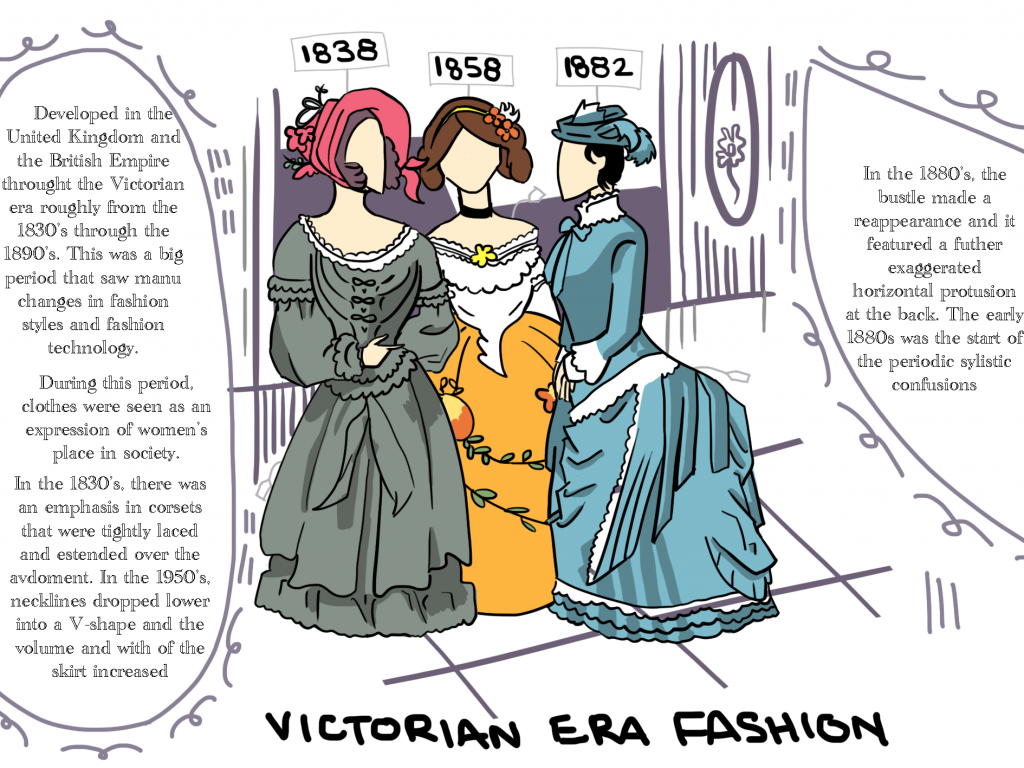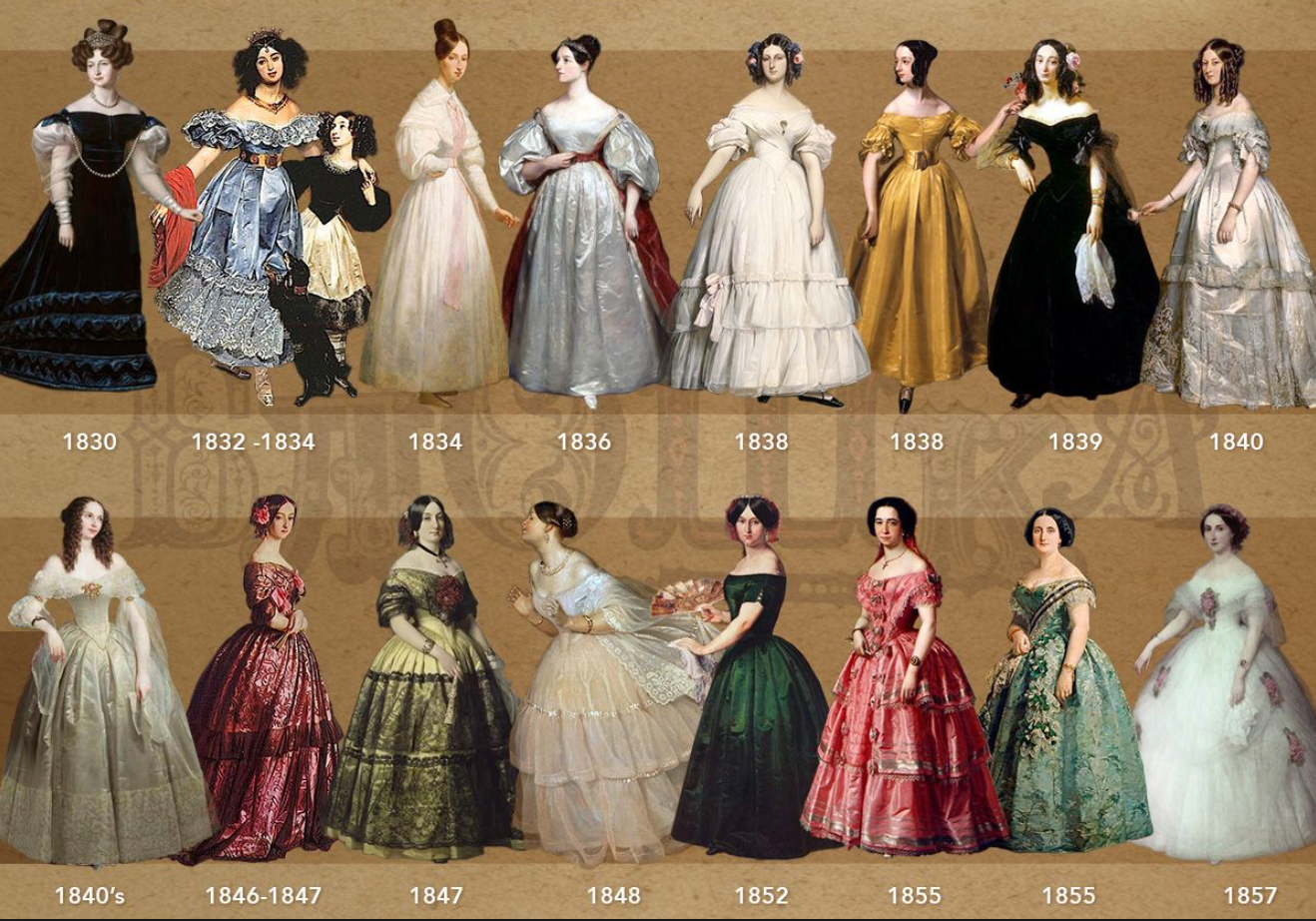The Baroque is a style that used contrast, movement, intricate detail, and deep colours to achieve a sense of awe. The Origin of the word “Baroque” is actually derived from a Portuguese term for “a flawed pearl” or an irregularly shaped pearl. Though it was originally used derogatorily, it has transformed into a word to describe a variety of characteristics, from dramatic to bizarre to overdecorated.
Using Renaissance ideals of beauty, infused with the era’s artwork, music, and architecture, it created The Baroque Era. This new highly enriched style is marked by its innovative techniques and details, which delivered fresh new visuals into what had been a relatively toned down period for art at the time.
What I absolutely adore about the Baroque Era is the beautiful art and sculptures that were created during this time. Learning about it in class sparked my interest, and I was surprised to learn that many of my favourite paintings were actually created at this time. I wanted to conduct m0re research into the beautiful detailed paintings of this amazing time period, and learn more information about them.
Las Meninas by Diego Velázquez (1656)

This is one of the most notable and famous paintings of this time period, and I believe rightfully so. This painting has been regarded as one of the most widely analyzed works, due to its complex and mysterious composition. Many believe that this painting suggests that art, and life, are an illusion. Las Meninas has long been recognized as one of the most important paintings in the history of Western art, and its enigmatic nature draws you in, making you unable to fully look away. It is interesting to think about what story this painting is trying to tell, and what each person is doing in this painting. We can see how some people in the painting are looking away, and how some are staring at us directly in the eyes. It is fascinating to me how he was able to fit in 11 people (not including the dog) in a painting in a way that makes it not too overwhelming to look at and without overcrowding the canvas. It also fascinates me how Diego Velázquez decided to paint himself into the painting, but also the choice of making him look at the viewer directly into the eyes. For me, this gives the painting such an eerie feel to it. The most beautiful part of this drawing for me, is the wide range of interpretations and how not a single theory has found universally agreed upon. Perhaps, not even the painter himself knows, or maybe he does. We may never know the truth behind his reasonings, and I can’t help but feel moved.
Susanna and the Elders by Artemisia Gentileschi (1610)

Artemisia Gentileschi is an absolute legend and definitely now one of my favourite artists of all time. When learning about her story and looking at her paintings in class, I felt like I had been splashed with cold water. In an era when women had few opportunities to pursue artistic training or work as professional artists, she managed to become one of the most successful women of her time despite the pain she had to endure as a young woman. The way she is able to paint expressions is absolutely beautiful. I love seeing the raw emotions in painting, and she is an excellent expressive painter, and all her paintings feel like they’re telling a story. The painting is a representation of a biblical narrative featured in chapter 13 of the Book of Daniel, which talks about two elderly men are shown spying on a young married woman named Susanna. The elders spied on Susanna and then demanded sexual favours from her, which she refused. The men threatened to ruin her reputation, but Susanna did not give up and stood her ground. Compared to Annibale Carracci’s interpretation of the same story, Artemisia Gentileschi’s puts an emphasis on Susanne’s uncomfortableness, while Carracci’s is more “erotic” and “feminine” in a way, not displaying the same amount of uncomfortableness that Gentileschi’s displays.
Susanna and the Elders by Annibale Carracci (1590)

One very important fact I’d like to note about Gentileschi’s painting of Susanna and the Elders is that she was only 17 at the time! She is without a doubt a strong and talented woman, and I think her art should be talked about more. Her achievements as an artist are overshadowed by the story of Agostino Tassi raping her when she was a young woman and her participation in the trial of her rapist, and although I think it is important to note the suffering she had to go through to, I also find it important for people to talk about her art, especially during a period where men dominated the art scene and in a time period where women had so little opportunities not only as artists but as people. Against all odds she still managed to continue painting, and she is a huge inspiration to me.
Citations
“Artemisia Gentileschi.” Wikipedia, Wikimedia Foundation, 19 Oct. 2022, https://en.wikipedia.org/wiki/Artemisia_Gentileschi.
“Baroque Art and Architecture Movement Overview.” The Art Story, https://www.theartstory.org/movement/baroque-art-and-architecture/.
“Baroque Period Summary.” Encyclopædia Britannica, Encyclopædia Britannica, Inc., https://www.britannica.com/summary/Baroque-art-and-architecture.
“Las Meninas.” Wikipedia, Wikimedia Foundation, 22 July 2022, https://en.wikipedia.org/wiki/Las_Meninas.
“Susanna and the Elders (Artemisia Gentileschi, Pommersfelden).” Wikipedia, Wikimedia Foundation, 14 Sept. 2022, https://en.wikipedia.org/wiki/Susanna_and_the_Elders_(Artemisia_Gentileschi,_Pommersfelden).




